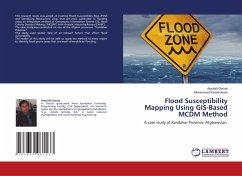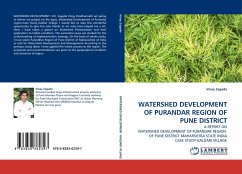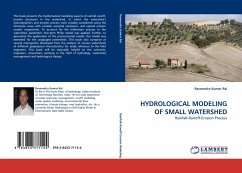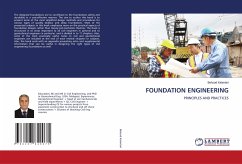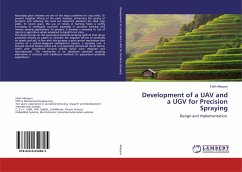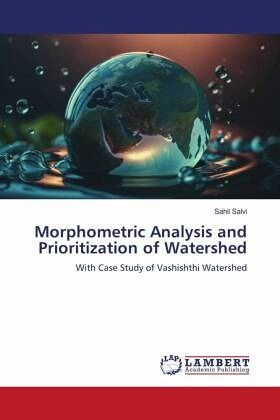
Morphometric Analysis and Prioritization of Watershed
With Case Study of Vashishthi Watershed
Versandkostenfrei!
Versandfertig in 6-10 Tagen
29,99 €
inkl. MwSt.

PAYBACK Punkte
15 °P sammeln!
The concept of watershed management acknowledges the connections between uplands, lowlands, land use, geomorphology, slope, and soil. The main concerns in watershed management when delineating watersheds are soil and water conservation. While considering watershed conservation efforts, it is impractical to tackle the entire region at once. By taking into account its drainage system, the entire basin is thus divided into a number of smaller units known as sub-watersheds or micro-watersheds. Morphometric analysis provides insight into a watershed's hydrological response. This sub-watershed's pri...
The concept of watershed management acknowledges the connections between uplands, lowlands, land use, geomorphology, slope, and soil. The main concerns in watershed management when delineating watersheds are soil and water conservation. While considering watershed conservation efforts, it is impractical to tackle the entire region at once. By taking into account its drainage system, the entire basin is thus divided into a number of smaller units known as sub-watersheds or micro-watersheds. Morphometric analysis provides insight into a watershed's hydrological response. This sub-watershed's priority is used to manage and develop the watershed directly. Therefore, this book discusses how to prioritize subbasins for current land use in order to maximize the benefits of water use based on watershed management using morphometric parameters.




